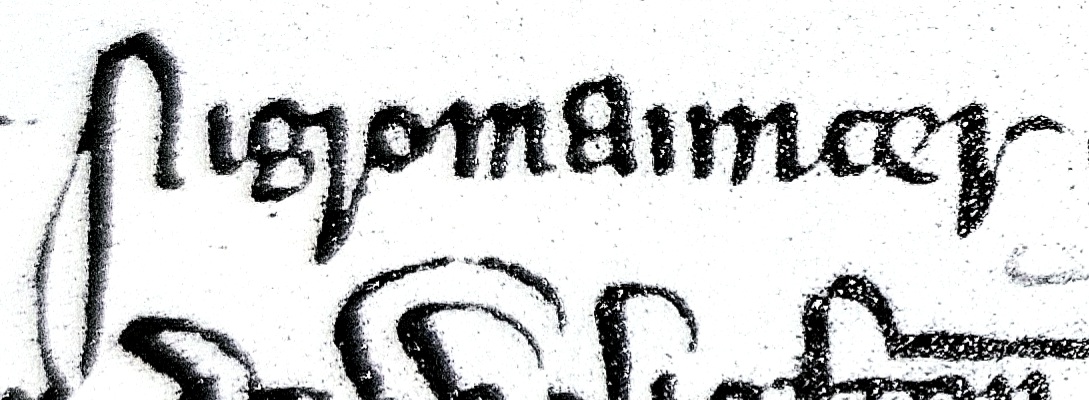Coventry Archives tells of the city's dark history and the 1325 Witchcraft case that targeted King
30 October 2024
Ahead of Halloween, Coventry Archives is shedding light on one of England’s earliest documented witchcraft cases, a remarkable story from 1325 that predates the infamous Pendle and Salem witch trials by centuries.
At the heart of this historical account is a dastardly plot of political and ecclesiastical intrigue centred in Coventry, where a group of residents conspired with a local necromancer to use black magic against powerful figures, including the Prior of Coventry and King Edward II. This fascinating tale, preserved in the archives, is just one of many unique and rich pieces of history that Coventry Archives has to offer.
The story starts in 1325 with Henry Irreys, the Prior of Coventry, whose power and political sway with the country’s King Henry II made him unpopular with residents of the city.
So strong was the dislike, 27 Coventry residents came together to employ the powers of Master John of Nottingham, a local cleric and necromancer - another word used for a wizard or magician. Master John and his assistant Robert Mareschal were paid £20 and £15 respectively by the group, to use black magic to kill Prior Henry, as well as King Edward II and other powerful figures, including the King’s hugely unpopular favourite Hugh Despenser the Younger and his father of the same name.
Led by Richard Latoner, the 27 Coventry residents felt their lives were being made unlivable by the Prior, who had the backing of the King and the Despensers. Having paid for the services of John of Nottingham and Robert Mareschal, the pair fashioned seven figures made of wax, each representing those the group wanted killed.
One of these seven was Robert Sowe, presumed to be an assistant to the Prior. Robert, thought to be of least importance, was used as the initial experiment to see if the magic worked. A lead pin was inserted into the head of the figure representing Sowe, and later into the effigy’s heart. The man died shortly after.

The success appears to have given the assistant Robert Mareschal a fright as he soon confessed details of the plan. The conspirator’s names were given and they also complied with the law. The case was transferred to London but it appears no one was ever punished for the plot - perhaps due to the obvious unpopularity of Edward II, who was overthrown by his wife, the Queen Isabella, less than two years after the Coventry plot.
Mike Bevan, manager of Coventry Archives, said: “Coventry has such a rich history and this witchcraft case is just one part of the city’s past which is chronicled in our archives.
“This resource is a real treasure trove of information on the history of Coventry and its citizens from medieval times right up to today.
“Our incredibly varied collected documents include not just books, maps, newspapers, electoral registers and building plans but also photographs, oral histories, microfilms and internet sources. This all helps provide evidence of the history of the city and the people who made Coventry their home.
“The Coventry Archives is an invaluable and free resource which is open to all.”
Find out more about Coventry Archives here.